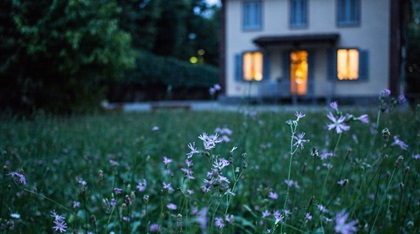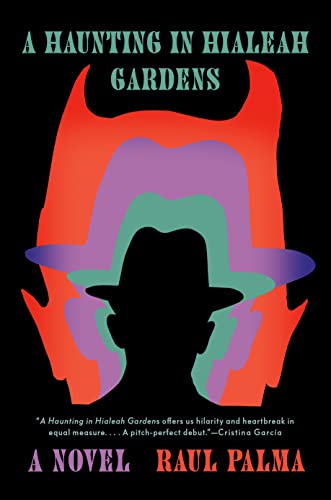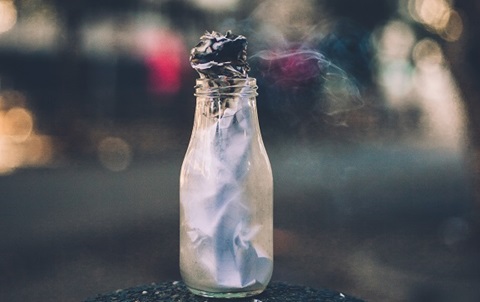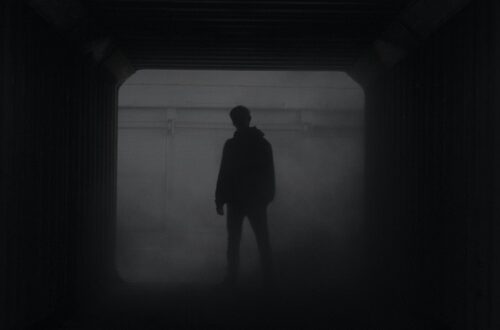
Book Review | A Haunting In Hialeah Gardens by Raul Palma

Since his wife’s death, Hugo’s debt has become insurmountable. He’s barely surviving on his work as a babaláwo, though secretly he doesn’t believe in spirits. One day, his debt collector, Alexi, calls for help. He promises that he will forgive Hugo’s debt if he can cleanse his haunted house. Grieving and vengeful, Hugo wants to destroy Alexi. But he doesn’t know the demons that are waiting for him.
“Is a devil’s bargain worth the promise of one man’s freedom?”
A Haunting In Hialeah Gardens is a slyly hilarious yet heartbreaking horror about the debts we carry and the weight of our histories. When the book started, I felt sorry for Hugo. But it’s soon clear that he’s a deeply flawed man who has never processed his traumas in an emotionally healthy way. He was abandoned as a child in Bolivia, forced to work in the mines, migrated to the US with a stranger, and lived in poverty with his late wife. His anger simmers, and his selfishness causes others pain. He doesn’t believe in his spiritual work, so it’s interesting to see him grapple with the idea that maybe it’s all real.
The writing here is evocative and lyrical, crafting a gothic Miami setting with a dash of magical realism. The Spanish language is sprinkled throughout (happily, I can understand most of it thanks to Duolingo!), the Santeria rituals are treated with respect, and the characters jump brilliantly off the page. While we spend most of the book in Hugo’s head, the other characters like the antagonist Alexi, Hugo’s wife Meli (who we meet in flashbacks) and Hugo’s boss Lourdes all complete the portrait of who he really is. The book touches on the real-world problems of financial debts, chronic illness, infidelity, and family issues. It’s about grief, longing, joy, love and regret. And most of all, it’s about how we can never escape our demons.
A Haunting In Hialeah Gardens is a terrific debut, add this to your reading list pronto!
I received a copy from the publisher for review purposes.
About the author: Raul Palma
Photo by Valentina Locatelli




